
You’re the Expert is a live show, podcast, and public radio program on 90.9 WBUR, Boston’s NPR station.The radio show uses comedy to make academic research more accessible and exciting. Through game show segments and hilariously misguided guesses, a panel of comedians will try to get to the bottom of what a distinguished scientist studies all day. You won’t want to miss being part of the audience for this live show and podcast taping. You’re the Expert is hosted by Chris Duffy and produced by Pretty Good Friends.
Chris Duffy is a standup comedian and improviser who has performed at colleges and festivals from sea to shining sea. He is the creator and host of You’re the Expert, a live show and public radio program on 90.9 WBUR. Chris is also a former fifth grade teacher and a writer whose work has appeared in the Boston Globe, Wag’s Revue, Makeshift Magazine, and on National Geographic TV.
You’re the Expert at Vassar College is sponsored by The Creative Arts Across Disciplines (CAAD) and the Asprey Center for Collaborative Approaches to Science (ACCAS).


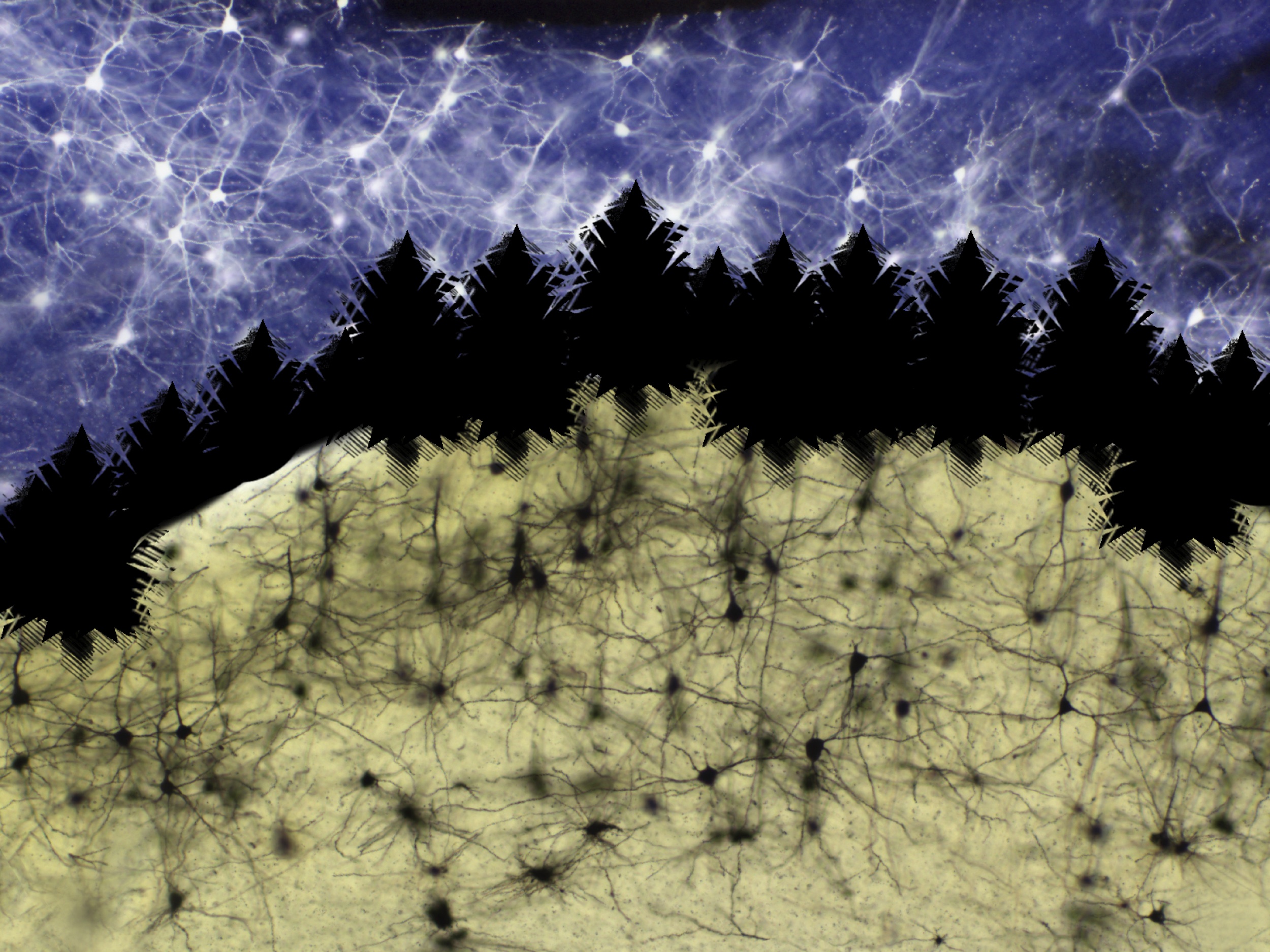

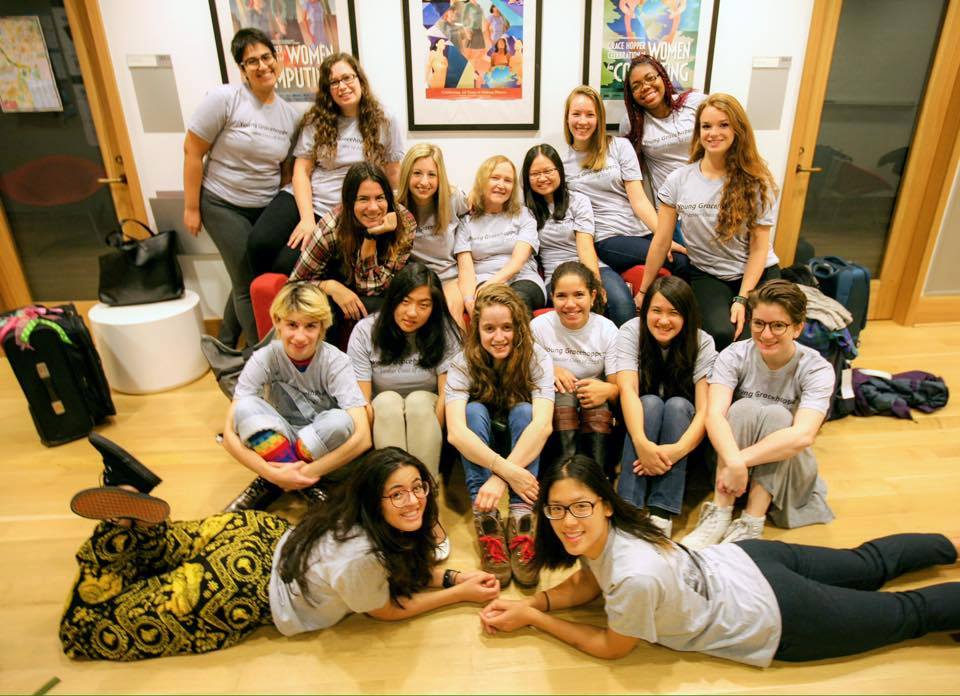

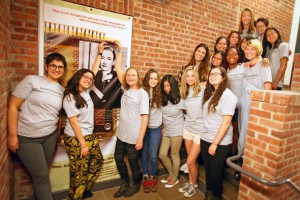 Gracehoppers! Posing here with a campus poster honoring legendary computing innovator/Vassar alumna/former VC math professor Grace Hopper ’28, During the college’s October break week computer science professor Jennifer Walter (third from left) is led the l
Gracehoppers! Posing here with a campus poster honoring legendary computing innovator/Vassar alumna/former VC math professor Grace Hopper ’28, During the college’s October break week computer science professor Jennifer Walter (third from left) is led the l
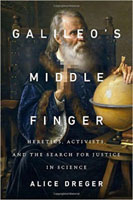
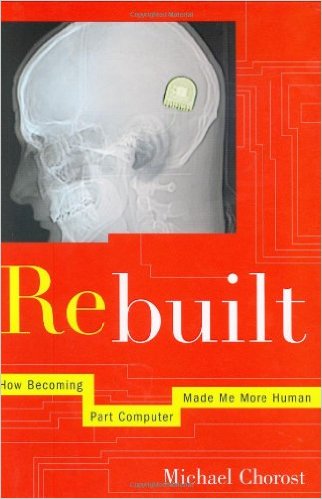
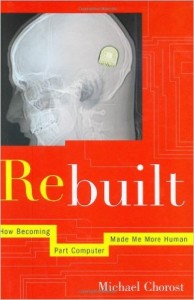
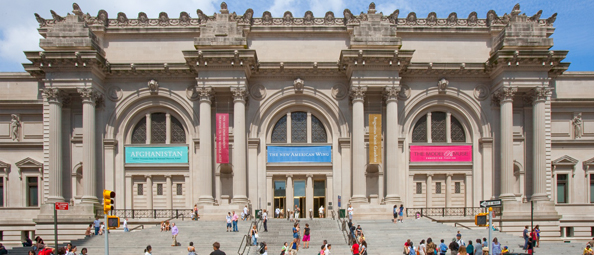
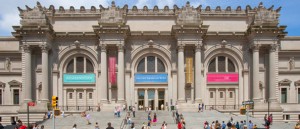
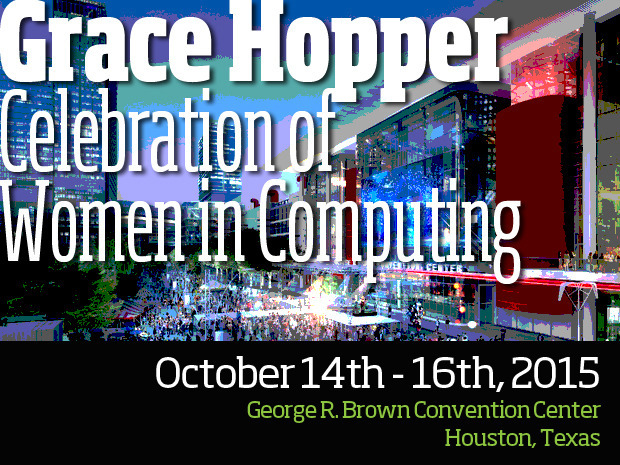
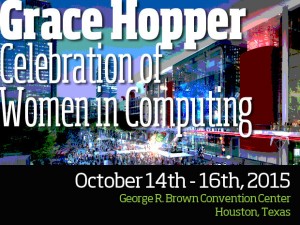
 It is the largest technical conference for women in computing and results in collaborative proposals, networking and mentoring for junior women and increased visibility for the contributions of women in computing. Conference presenters are leaders in their respective fields, representing industry, academia and government. Top researchers present their work while special sessions focus on the role of women in today’s technology fields. According to computer science major Carly Bloomfeld (’17), the conference was a great experience. A major aspect of it was the job fair with representatives from hundreds of different tech companies doing interviews on-site. A lot of students who attend the conference get jobs and internships from the job fair. There are also a lot of lectures on a wide range of topics such as how to get involved in open-source programming and how virtual reality technology can be used for social good. The conference was a great opportunity for job searching, networking, and simply learning about technology.”
It is the largest technical conference for women in computing and results in collaborative proposals, networking and mentoring for junior women and increased visibility for the contributions of women in computing. Conference presenters are leaders in their respective fields, representing industry, academia and government. Top researchers present their work while special sessions focus on the role of women in today’s technology fields. According to computer science major Carly Bloomfeld (’17), the conference was a great experience. A major aspect of it was the job fair with representatives from hundreds of different tech companies doing interviews on-site. A lot of students who attend the conference get jobs and internships from the job fair. There are also a lot of lectures on a wide range of topics such as how to get involved in open-source programming and how virtual reality technology can be used for social good. The conference was a great opportunity for job searching, networking, and simply learning about technology.”